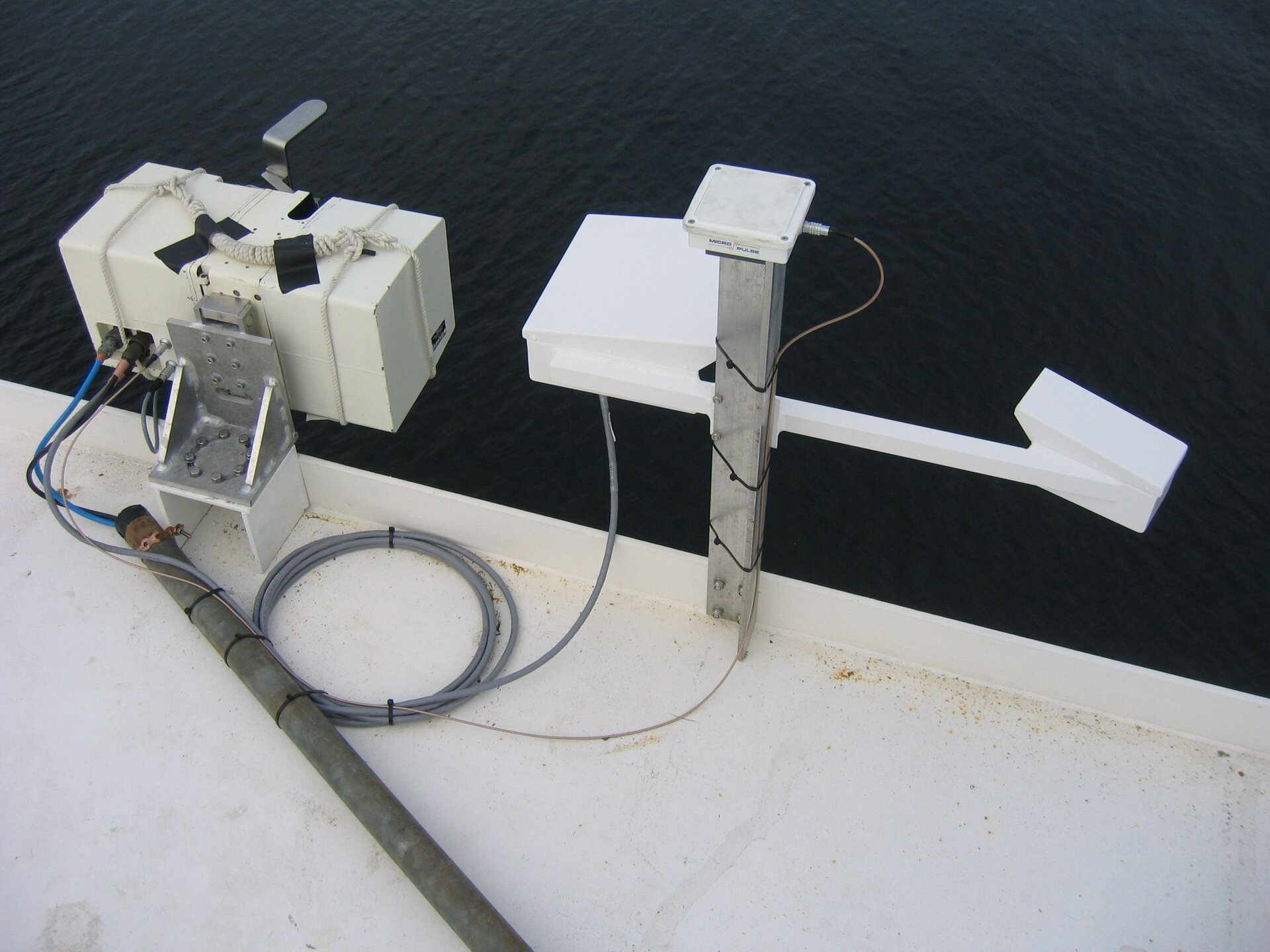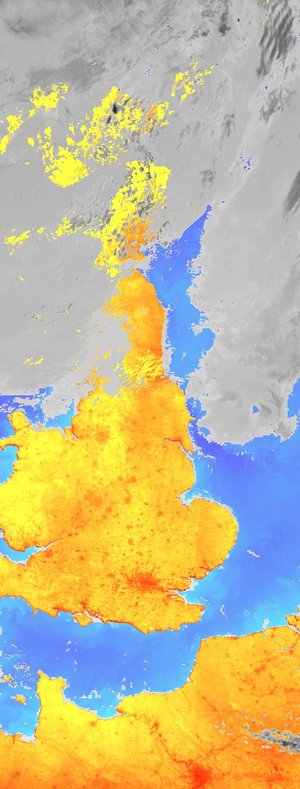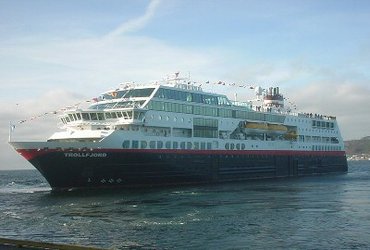SISTeR instrument installed on cruise ship helps Envisat validation
As part of the on-going Envisat validation programme, a radiometer called the Scanning Infrared Sea surface Temperature Radiometer (SISTeR) installed on a cruise ship in the North Sea has been operating successfully and providing valuable data for more than three months now.
The SISTeR high-precision radiometer is being used to measure sea-surface temperature in order to help with the validation of the Advanced Along-Track Scanning Radiometer (AATSR) instrument carried on Envisat. The AATSR instrument is designed to make precise and accurate global sea-surface temperature measurements, which when added to the large data set collected from its predecessors, ATSR-1 and ATSR-2, will provide a long-term record of sea-surface temperature that can be used for monitoring climate change. The AATSR also has the secondary objective of performing quantitative measurements over land surfaces.
In order to check that the AATSR is delivering true and accurate data, validation campaigns are frequently carried out. The objective is to assess the quality and accuracy of the AATSR derived sea-surface temperature data by comparing the results of in-situ measurements with co-located Envisat data.
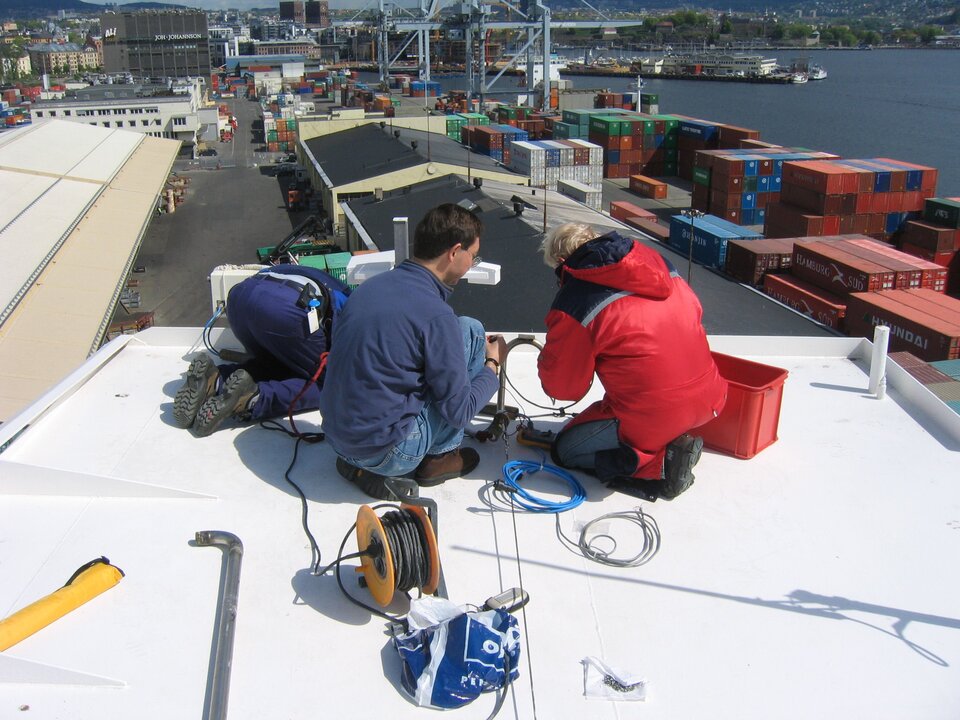
The validation activities undertaken to date have shown that the AATSR instrument is meeting the specification of determining global sea-surface temperature to an accuracy of 0.3 K (one sigma). However, following the MERIS and AATSR Validation Team (MAVT) workshops in 2003 and 2006 recommendations were made for further validation activities to cover longer timescales and include different seasons and different years. This is because there are a number of regions of the world where comparisons with other datasets reveal discrepancies that are likely to be a function of season and year. In addition, further measurements are required to increase the statistical significance of the data.
The ongoing AATSR validation programme aims to meet these requirements by adopting a strategic approach that combines analyses of regional and global datasets with precision validation against autonomous measurements systems and targeted in situ radiometer deployments. The results from each of these areas will be used to refine the validation programme as it continues and develops.
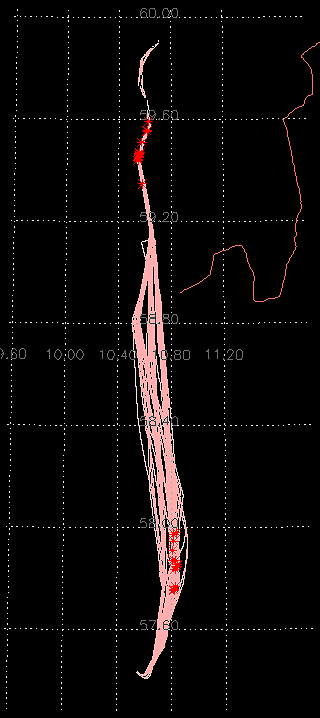
Based on the recommendations from the MAVT workshops, the SISTeR instrument was installed on the MS Color Festival cruise ship in May 2006. The ship operates daily between Oslo in Norway and Friedrikshaven in Denmark by the ferry company Color Line. Making use of commercial ships, so-called 'Ships of Opportunity', by equipping them with scientific equipment is an excellent way of carrying out such validation experiments and realising a host of measurements on water quality. The MS Color Festival is also installed with the Ferrybox system, which continuously measures water quality along the route.
The SISTeR instrument is a compact and robust chopped self-calibrating filter radiometer. It measures approximately
20 × 20 × 40 cm and weighs about 20 kg. The instrument is divided into three compartments containing the fore optics, scan mirror and reference black bodies, and a small-format PC with signal processing and control electronics. The instrument has been designed to survive and maintain its calibration over extended periods in a maritime environment.
Following all the installation checks, this small instrument has been providing continuous and valuable data on sea-surface temperature in the North Sea for over three months and forms an important part of validation programme. The in-situ data retrieved from this campaign will be quantitatively compared with the corresponding sea-surface temperature data as derived from AATSR data products, thereby further ensuring that the AATSR continues to provide high quality data.


